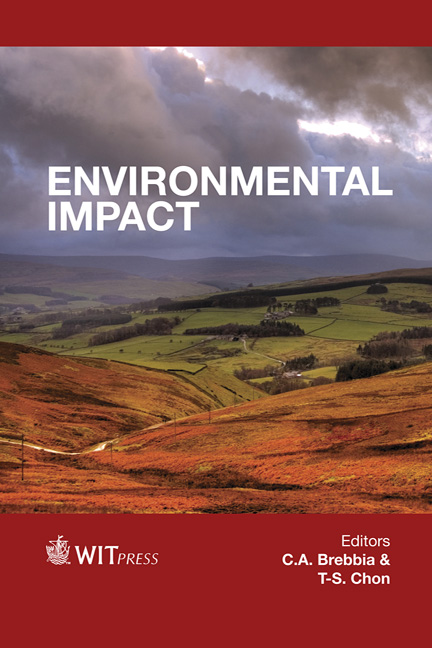SEA Systems In The Middle East And North Africa Region
Price
Free (open access)
Transaction
Volume
162
Pages
10
Page Range
87 - 96
Published
2012
Size
2,396 kb
Paper DOI
10.2495/EID120081
Copyright
WIT Press
Author(s)
G. Rachid & M. El Fadel
Abstract
Globally, Strategic Environmental Assessment (SEA), a decision support tool that integrates environmental considerations into policies, plans and programs, has played an appreciable role in the decision making on land use planning, transportation policies, development sectors and infrastructure plans. This paper discusses the application and performance of SEA in the Middle East and North Africa region through a comparative assessment of existing and potential legal, institutional and procedural SEA frameworks. The research methodology involves both countries’ self-assessment of their SEA system through openended surveys and country analysis of SEA national application and structure. The results show varied levels of weaknesses embedded in the legal and administrative frameworks and poor integration with the decision making process. Capitalizing on current opportunities, the paper highlights measures to enhance the development and enactment of SEA in the region. Keywords: SEA, legal and institutional frameworks, performance, MENA region. 1 Introduction The rationale for strategic environmental assessment (SEA) stems from the need for an approach that extends beyond the downstream analysis and mitigation of adverse impacts of development while catering for the interdependency of poverty, development, growth and environment. Its unique feature lies in integrating environmental considerations at a high level of decision making and ensuring an early warning of cumulative and synergistic effects leading to largescale changes. Since the enactment of the 2001/42/EC European Council SEA Directive and the Kiev 2003 Protocol, SEA has been on a rising trend of
Keywords
SEA, legal and institutional frameworks, performance, MENA region.





